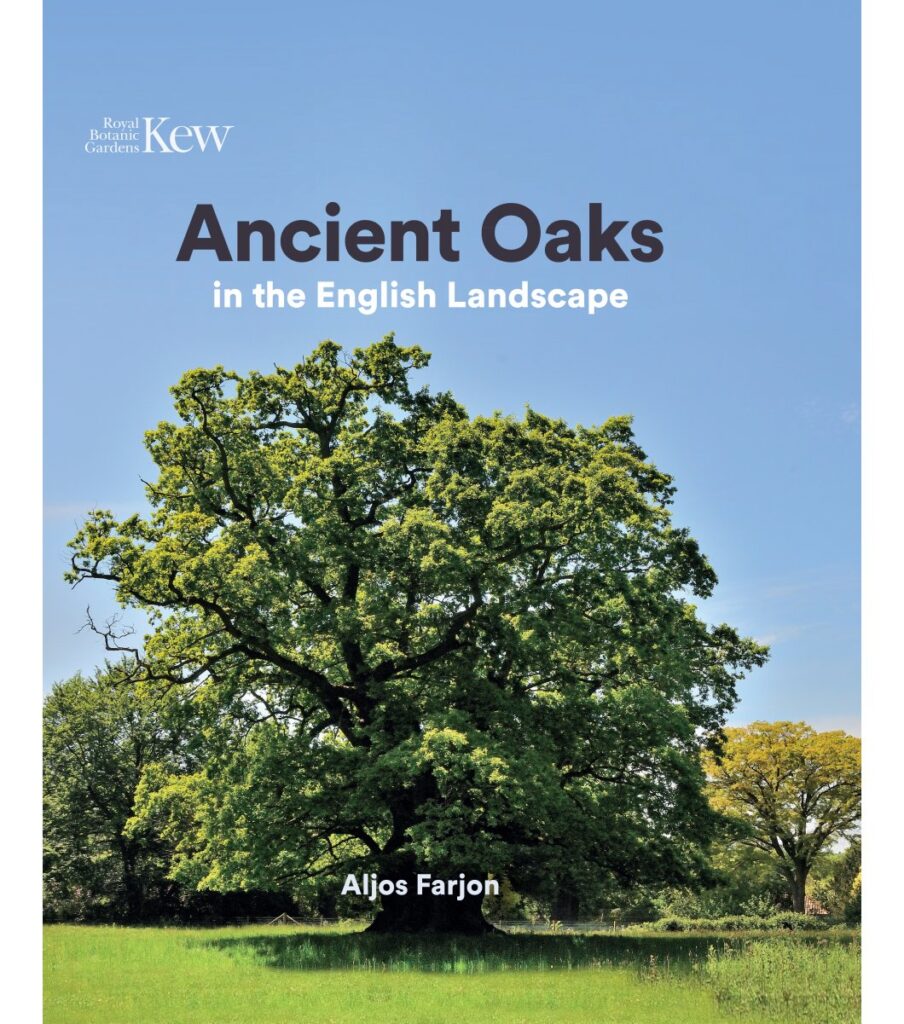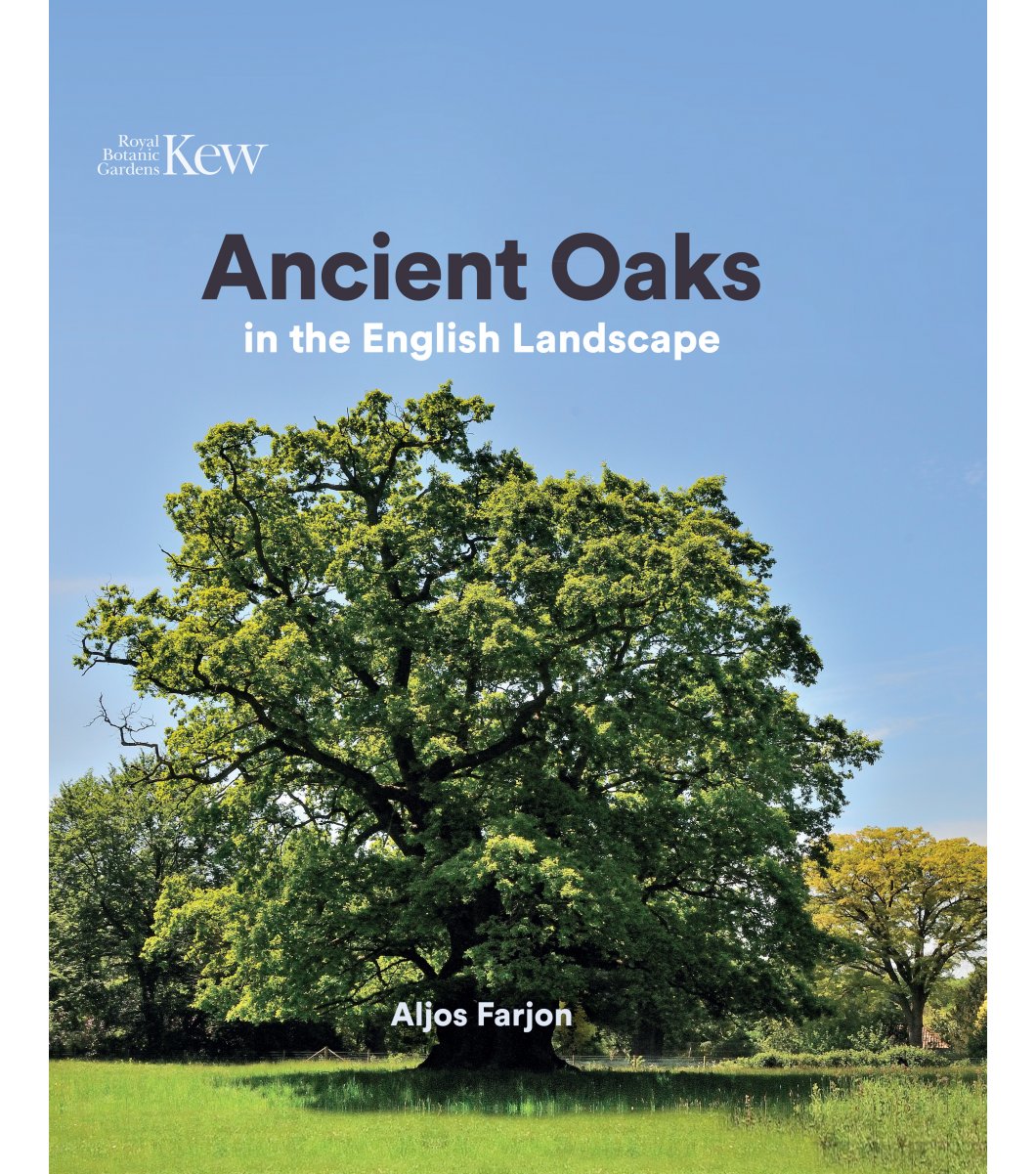England’s ancient oaks are awesomely old and individually distinctive. They embody myths, reflect history and collectively outnumber similarly large and ancient oaks in the rest of Europe. They are central to our modern interest in ancient trees as history and for the conservation of habitats and species associated with the wildwood. Surviving specimens have been meticulously documented, and some have been elaborately supported and guarded against sources of damage.
Aljos Farjon, a tree specialist from Kew, developed an enthusiasm, if not an obsession, with them in retirement, visiting a large number of individual trees, analysing the records in the Ancient Tree Inventory and investigating the history of the places they inhabit. The results have now been expressed in a substantial compendium, illustrated by numerous portrait photographs of individual trees, which aims to explain how old they are, how they survived, why there are so many more in England than elsewhere, and why and how we should preserve them. His detailed analysis of the trees themselves and their historical contexts is usefully supplemented by illustrated essays on fungi (Martyn Ainsworth), lichens (Pat Wolseley) and invertebrates (Keith Alexander).
What, then, are the answers? The age of the trees can only be estimated, but all the indications suggest that John Dryden was close enough over 300 years ago when he said that ‘monarch oaks’ took 300 years to grow, 300 to stay, and 300 more to decay. Today’s survivors grew as maidens, pollards and shred trees, mainly in medieval forests, parks, chases and commons. They are concentrated in the southern half of England, especially in the west Midlands, and there is some regional variation in form and size. England possessed many more than other countries even in the Middle Ages, destroyed a great number, but preserved some partly because we were slower to introduce high forestry than, say, France, and partly because we came to value the survivors for their appearance and history. Conservation recommendations amount to: do no further harm; approach restoration pollarding with caution; ensure that younger oaks are retained as replacements.
This book is the child of diligent enthusiasm and a delight in detail, and therein lie its strengths and weaknesses. For those who revel in facts about individual sites and trees, often in the form of descriptive inventories, it has much to offer, and many will appreciate the numerous photographs and the opportunity to relive their visits to the most noteworthy trees. It succeeds in what it set out to do.
But it also, I think, missed an opportunity. Given the space available and the high production qualities, this book could have delighted more than those already fascinated by veteran oaks. Rather than rehearse so much marginally relevant detail of so many sites and individual trees, it could have been a more rounded and readable account. It could have included those topics that Farjon explicitly excludes, namely the numerous stories associated with surviving and long-gone oaks, their symbolism, the uses to which they were put, and even the ancient oaks that survive as coppice stools. And it could have been more directly and comprehensively persuasive about why they are worth looking after. The oaks that survive have meaning while they live, but they and their historical associations will eventually survive only as memories and archives. Even if we have the centuries long patience to develop them, any new ‘ancient’ oaks will possess a different meaning, even if they perpetuate the habitats.


